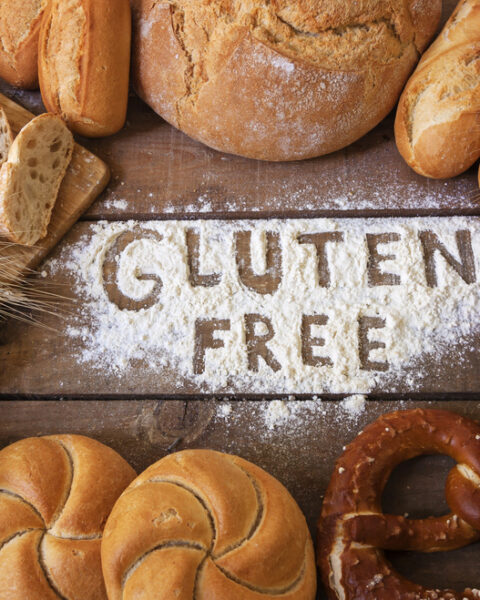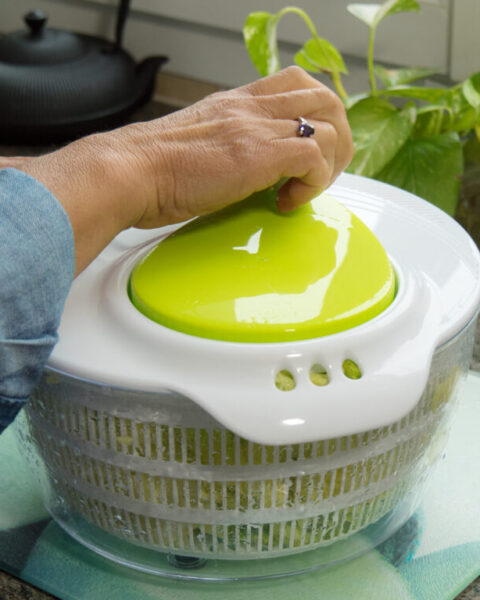Dining out is a delightful experience, but not all dishes on a restaurant menu are created equal. In this article, we’ll explore 10 dishes that diners should approach with caution and consider twice before ordering. From overly complex creations to items that may not align with the restaurant’s specialties, being mindful of these dishes can help diners make informed and satisfying choices. Whether you’re a culinary enthusiast or simply seeking an enjoyable dining experience, being aware of these considerations can enhance your restaurant visits and ensure that every dish you order meets your expectations.
Contents
- 1 Caesar Salad: Hidden Calories and Low Nutritional Value
- 2 Anything Marked as “Crispy” or “Fried”
- 3 Cream-Based Soups and Pasta Dishes
- 4 Loaded Nachos: A Caloric Overload
- 5 Special of the Day
- 6 Overly Exotic Dishes in Non-Specialist Restaurants
- 7 Buffet Items: Questionable Freshness and Quality
- 8 Seafood on Mondays
- 9 Complicated Cocktails with Obscure Ingredients
- 10 The Endless Bread Basket
Caesar Salad: Hidden Calories and Low Nutritional Value
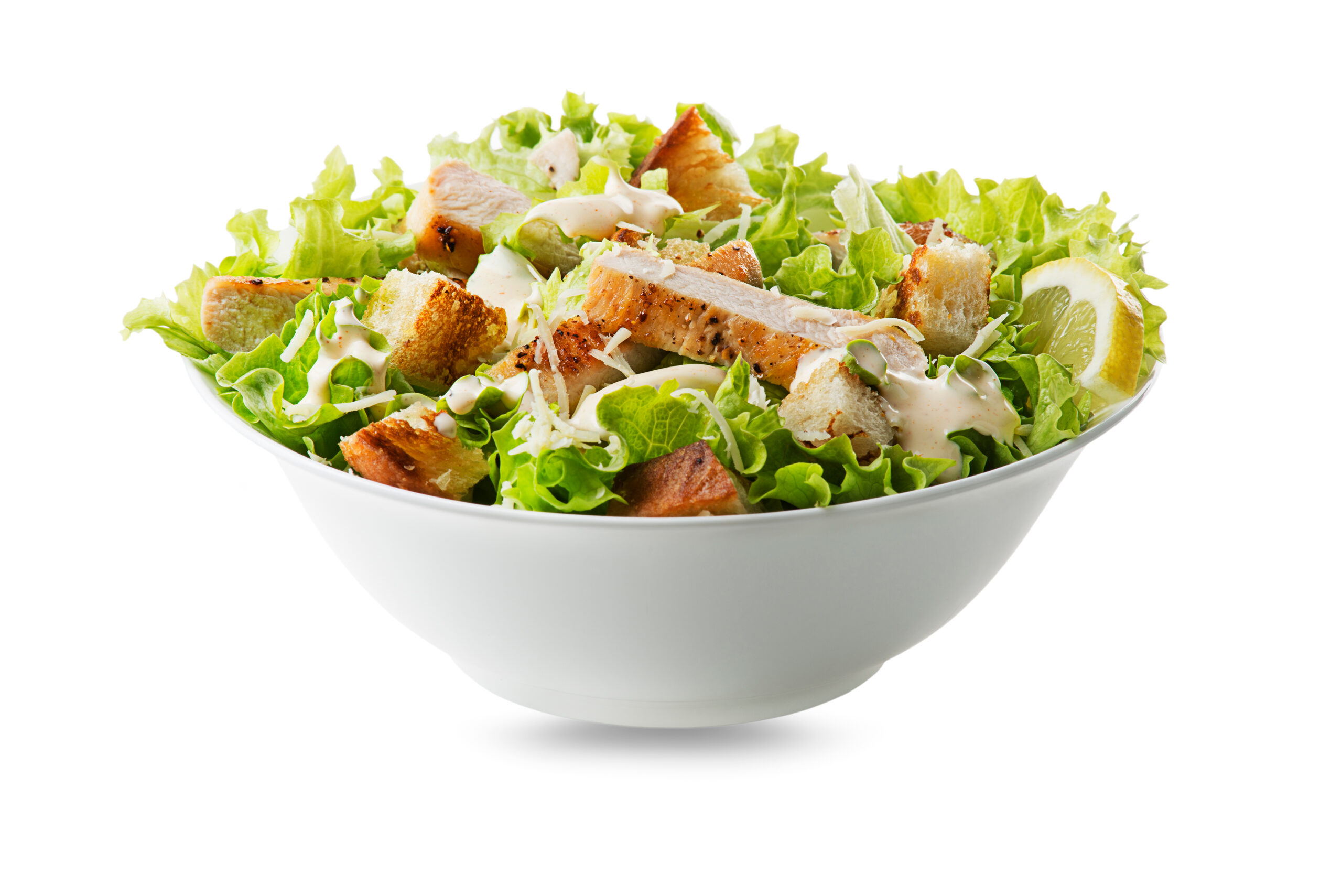
Caesar salad, often perceived as a healthy choice, can be deceiving. Many restaurants prepare it with creamy, calorie-laden dressing, croutons, and an excess of Parmesan cheese. These additions can make it as caloric as some entrees, while offering less nutritional value than other salad options.
Anything Marked as “Crispy” or “Fried”

Foods described as “crispy” or “fried” are typically high in unhealthy fats and calories. The frying process adds a significant amount of fat and calories, while also potentially creating harmful compounds like acrylamide. Opting for grilled or baked options is generally healthier.
Cream-Based Soups and Pasta Dishes

Cream-based soups and pastas, while delicious, are often heavy in saturated fats and calories. They can also be high in sodium, which can contribute to high blood pressure and other health issues. Consider broth-based soups or tomato-based pastas as lighter alternatives.
Loaded Nachos: A Caloric Overload
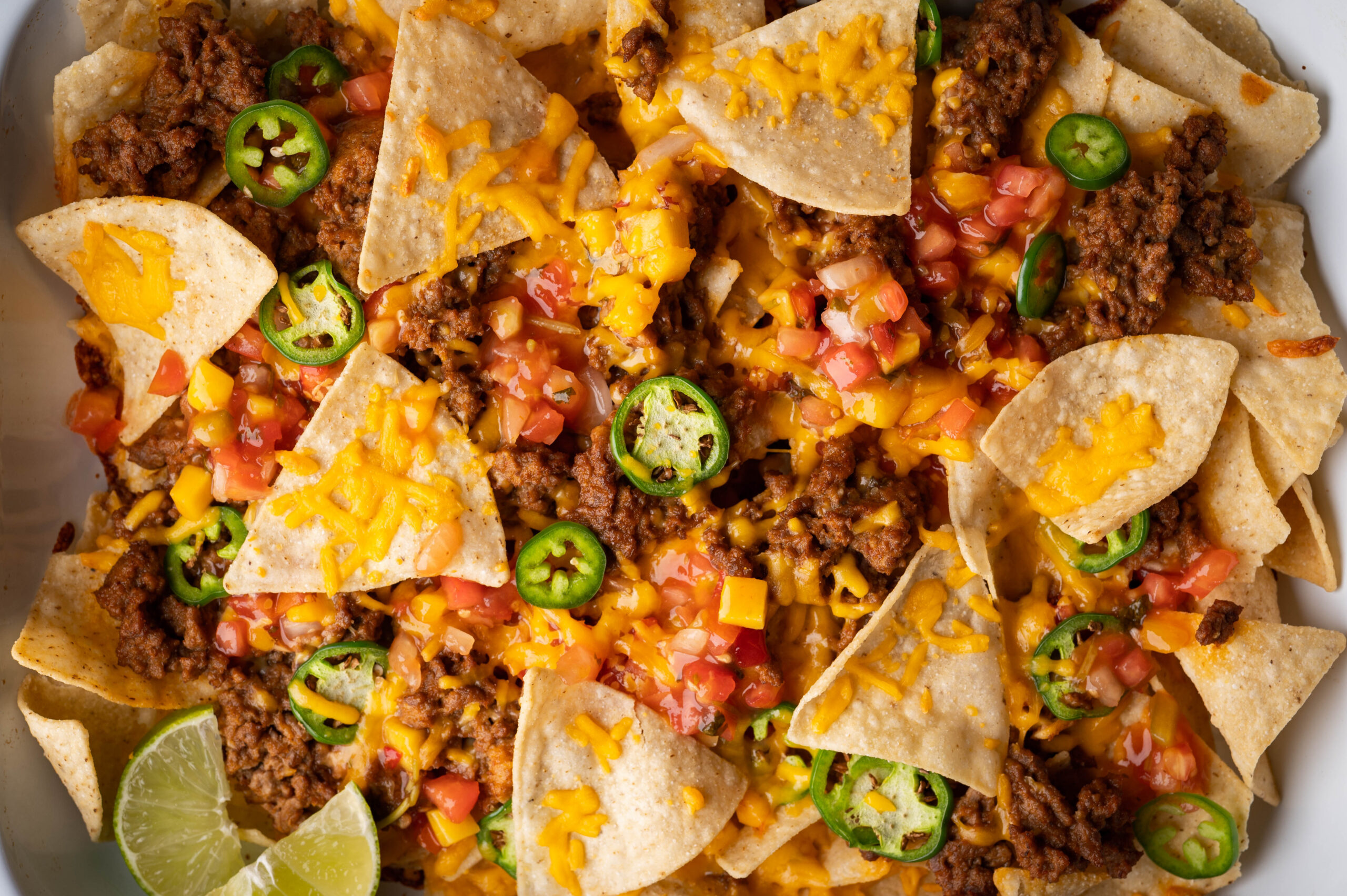
A plate of loaded nachos can contain more calories and fat than one should consume in a single meal. Topped with cheese, sour cream, and possibly ground beef or bacon, they are typically low in nutritional value and high in sodium.
Special of the Day

While sometimes a treat, the “special of the day” can occasionally be a way for a restaurant to use up ingredients that are close to expiring. Unless the special is a well-crafted dish that aligns with the restaurant’s usual standards, it might be better to stick to the regular menu.
Overly Exotic Dishes in Non-Specialist Restaurants
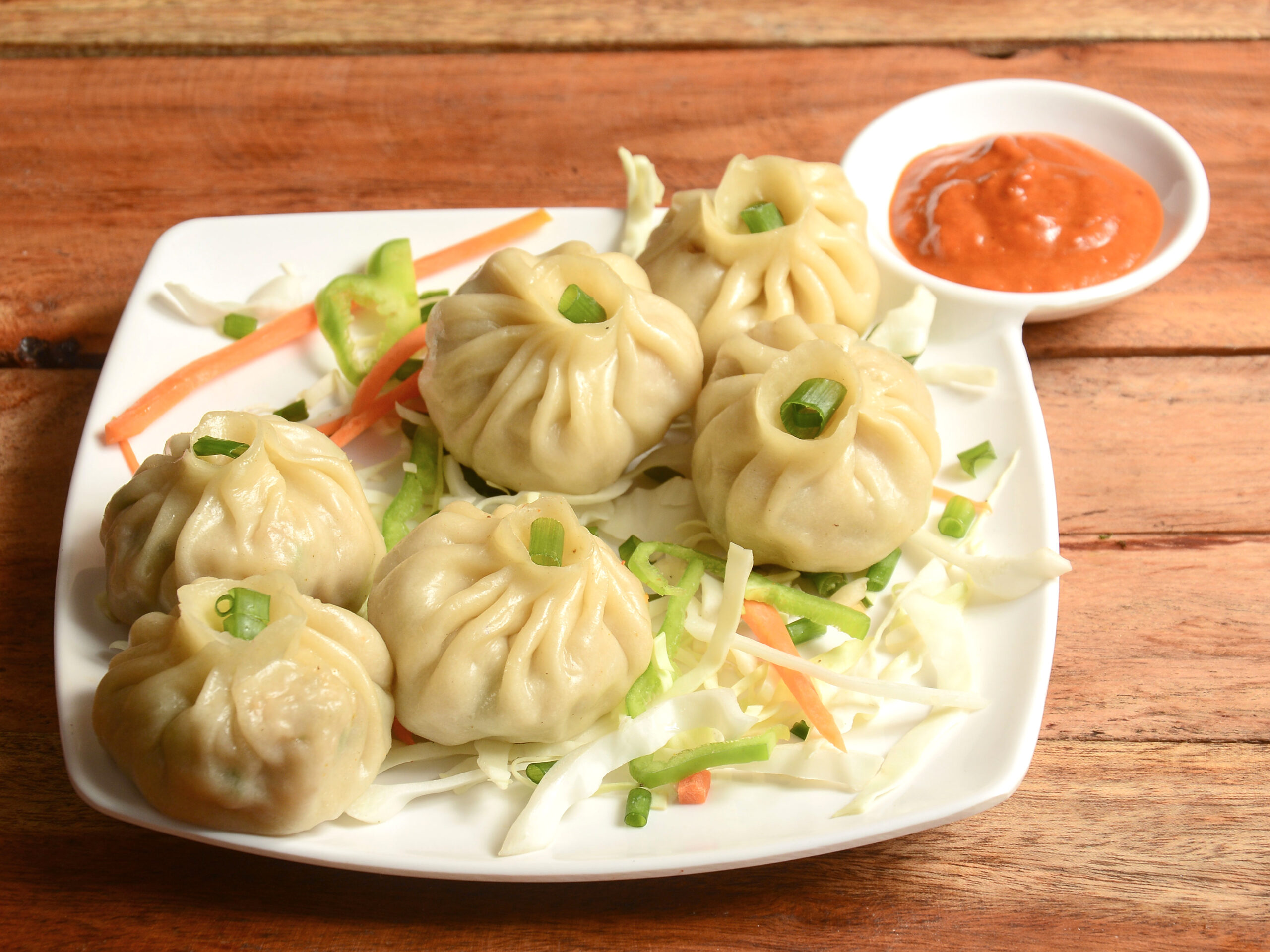
Ordering exotic or complex dishes from a restaurant that doesn’t specialize in that cuisine can be risky. There’s a chance the dish won’t be as authentic or well-prepared, leading to a subpar dining experience.
Buffet Items: Questionable Freshness and Quality
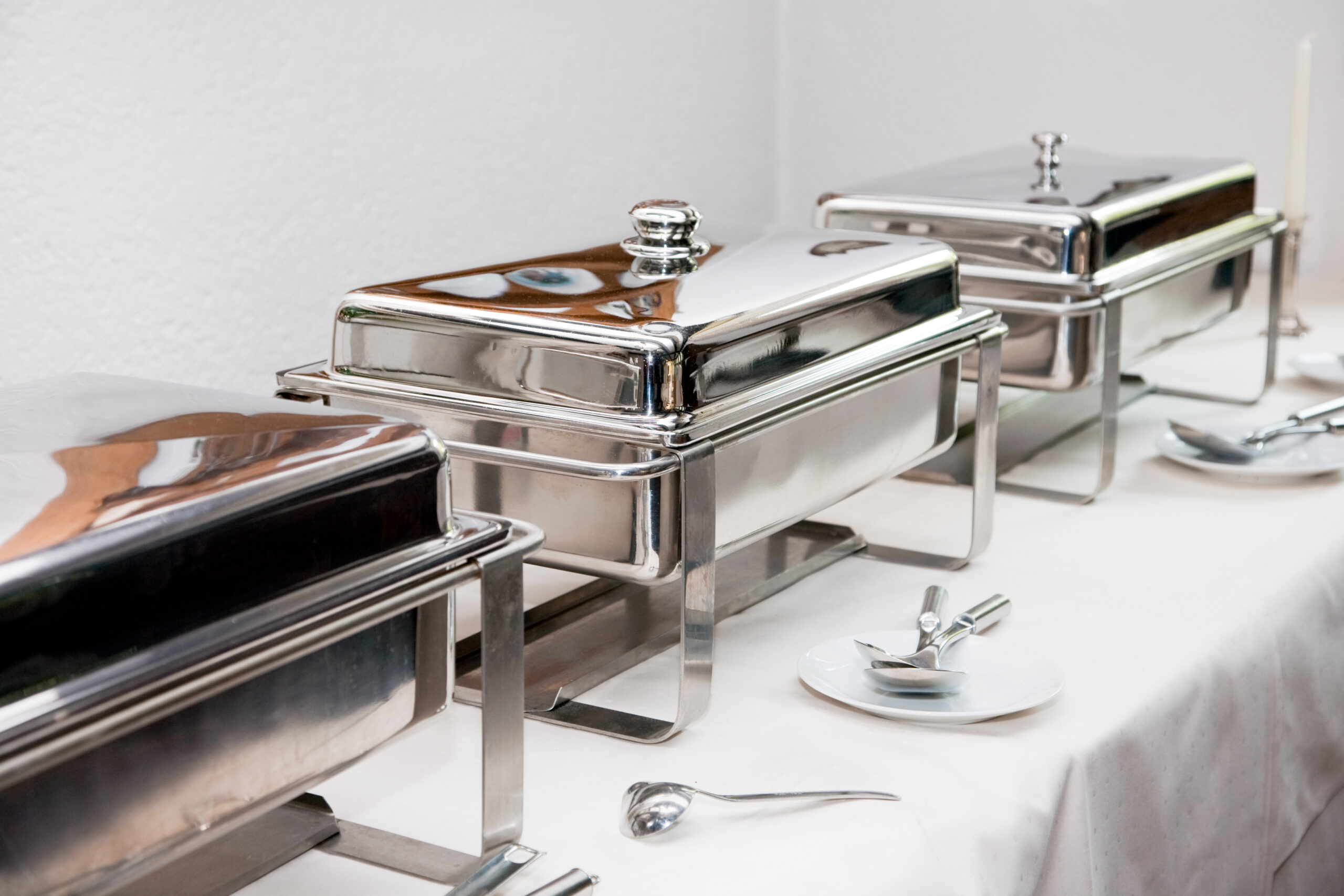
Food on buffets may have been sitting out for an extended period, leading to potential food safety issues. Additionally, buffets often emphasize quantity over quality, so the taste and nutritional value may be lacking compared to freshly prepared dishes.
Seafood on Mondays
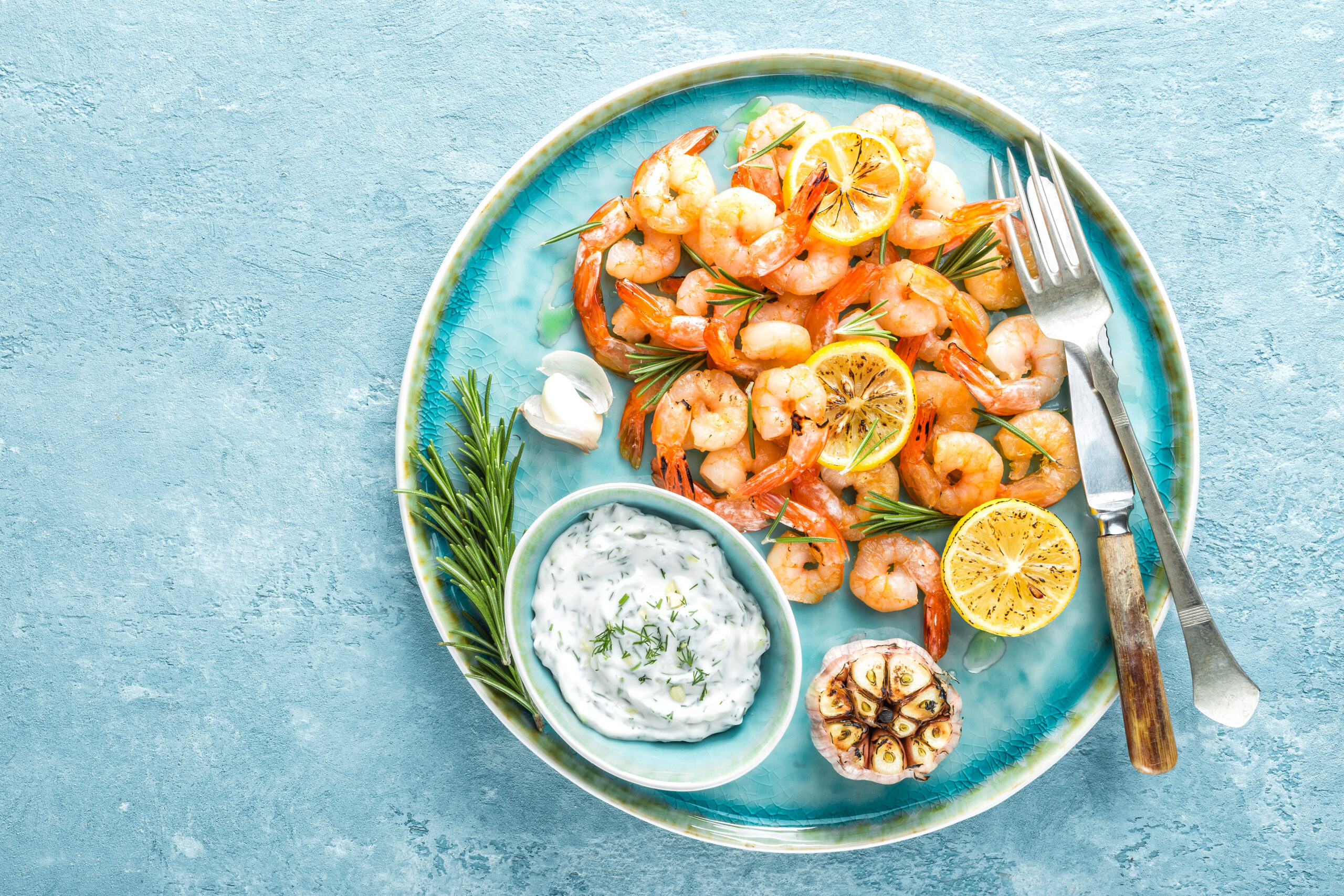
There’s an old adage about avoiding seafood on Mondays, as some restaurants may be serving fish that was delivered the previous week. While this is not a hard and fast rule, it’s something to consider, especially at restaurants that don’t specialize in seafood.
Complicated Cocktails with Obscure Ingredients

Cocktails with a long list of obscure ingredients can be more about gimmick than taste. These drinks may also be marked up significantly, making them a poor value in terms of both quality and price.
The Endless Bread Basket
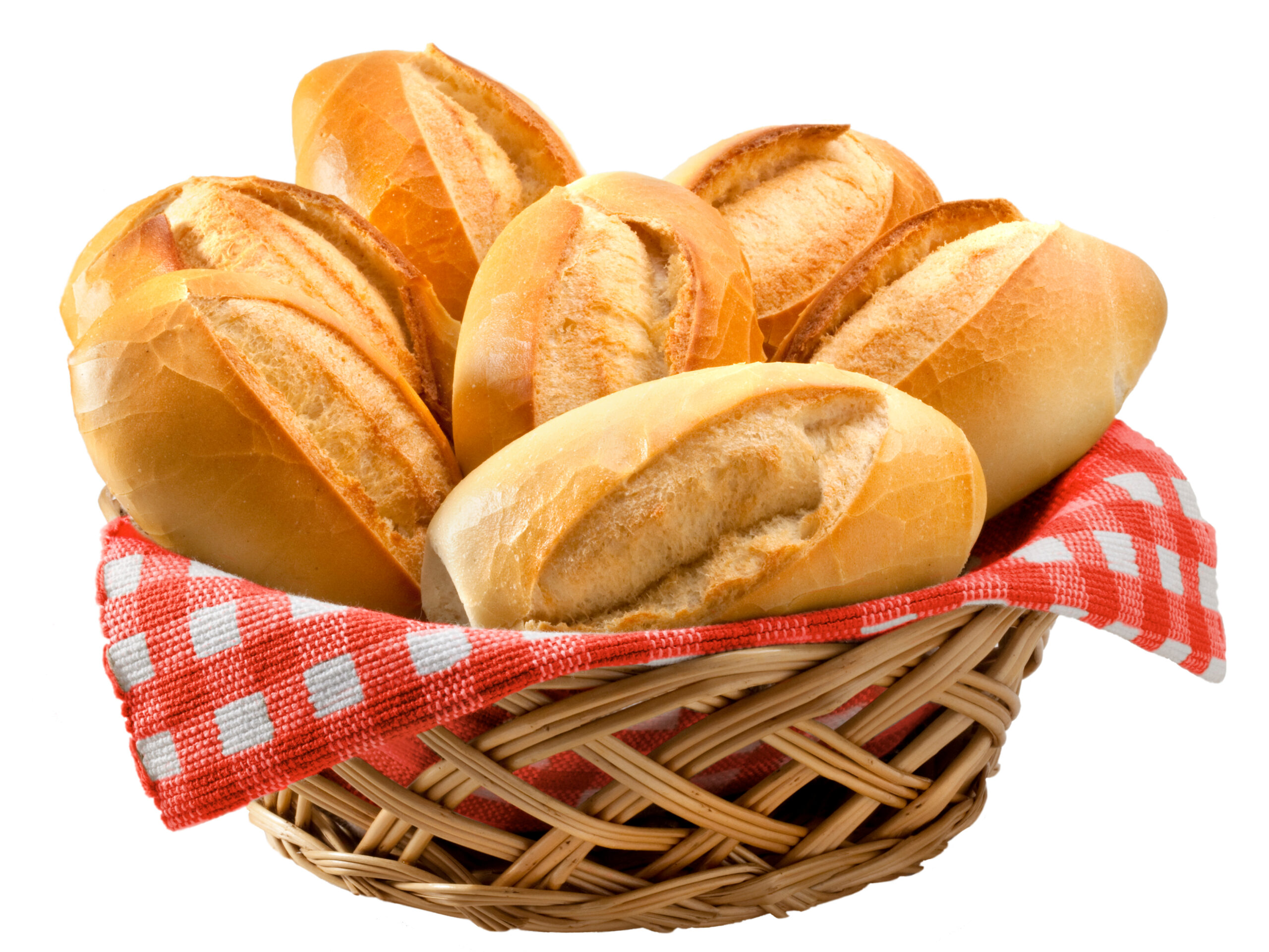
While tempting, the complimentary bread basket can fill you up with empty calories and excess carbohydrates before your main meal arrives. It’s often better to save your appetite for the more nutritious and satisfying dishes you’ve ordered.

